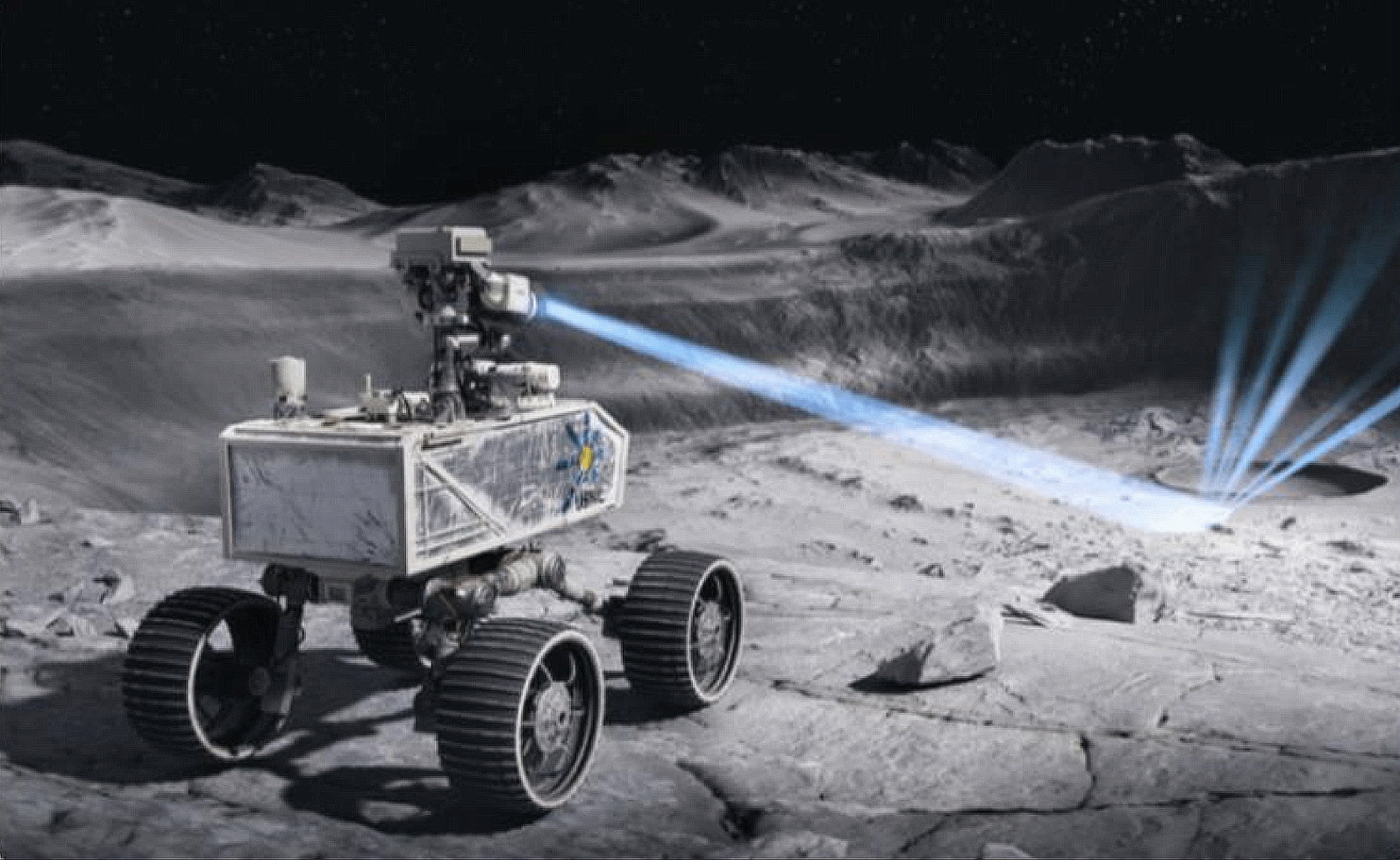Christopher Morrison
Ultra Safe Nuclear Corporation – Space

A flashlight can be used to see in the dark regions of the moon to better understand what those areas are composed of. In the case of this project, the flashlight uses a shorter wavelength of light, an x-ray/gamma-ray, which is passively produced by a radioisotope. The innovative technology is the EmberCore” radioisotope being developed by Ultra Safe Nuclear Corporation (USNC) to enable lunar night survival by keeping lunar rovers and landers warm through the cold lunar night. By slightly modifying EmberCore the x-ray/gamma-ray flashlight can be produced which would have a beam strength orders of magnitude greater than what has been previously deployed in space. This intensity provides a significant source of light that will be able to travel over many kilometers, interact with the ground, and then bounce back towards a sensor. The signal that is returned to the sensor is like a fingerprint that can be used to identify substances such as water. As the x-rays/gamma-rays penetrate the surface, information will be revealed about not just the surface, but what lies beneath the surface. The mission context for this NIAC is two distinct locations on the moon.
One location is Shackleton Crater – a 21 km wide crater with potential for significant amounts of water and other volatiles. A rover located at the rim or inside of the crater can shine its flashlight at different locations. The response signal can then be detected and the composition of the location be determined. This type of technology could answer pressing questions about where water and other materials of interest are in the permanently shadowed regions while providing crucial information about its quantity and possibly form factor. Once locations of interest are spotted a rover can be dispatched which can use EmberCore for both heat and electricity and addition flashlight measurements on location.
The second location of interest is Mare Tranquillitatis where 10s of meters of exposed bedrock is exposed in steep pits. A gamma/x-ray flashlight can illuminate various strata. This reveals their elemental composition at a standoff distance – without needing to traverse the pits. Such data can reveal significant detail about the geological formation of the lunar crust and volcanic history.
This flashlight technology could be used on any airless body and could be just as impactful for operations on asteroids, small moons, and Mercury.





























